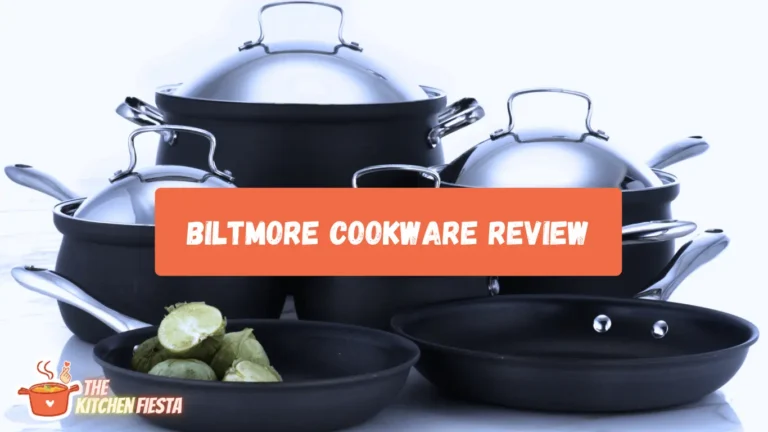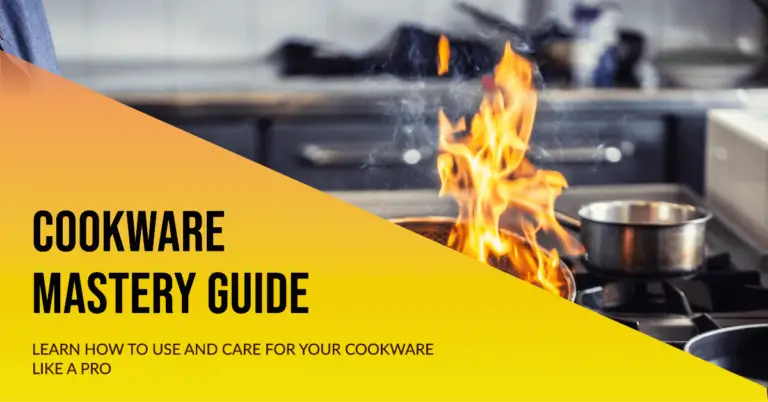Porcelain Drip Pans vs. Chrome: Which Material is Best for Your Range?
If you do a lot of cooking, chances are you’ve had to replace the drip pans under your stove burners at some point. These handy pans sit below the grates and collect drips, spills, and overflows from pots and pans while you cook. But when it comes time to buy new drip pans, you’ll have to decide between two main options: porcelain coated steel or chrome plated steel.
So which is better – porcelain or chrome drip pans? Should you choose porcelain for its classic good looks? Or go with chrome for affordability and durability? There are pros and cons to both materials. Keep reading this detailed comparison to learn which is right for your gas or electric stove.
Chrome vs Porcelain Drip Pans: Key Differences
Before weighing the advantages and disadvantages of each material, let’s look at how chrome and porcelain drip pans differ:
- Composition: Chrome drip pans are made of steel that has been chromed plated for corrosion resistance. Porcelain pans are steel pans with a vitreous porcelain enamel coating baked on.
- Finish: Chrome pans have a shiny, reflective surface. Porcelain has a smooth, opaque matte finish.
- Rust resistance: Both materials resist rust, but porcelain tends to be more rust resistant over time. Chrome can develop small rust spots if the plating gets compromised.
- Prone to chipping: Porcelain can chip fairly easily from impacts or if under high heat. Chrome will not chip.
- Heat tolerance: Porcelain holds up better under high heat. Chrome can warp and discolor.
- Cleaning: Chrome is easier to clean and keep free of mineral deposits. Porcelain requires gentle cleaning.
- Cost: Chrome drip pans are more budget friendly. Porcelain costs $10-$20 more on average per set.
Now that we’ve compared some of the fundamental differences, let’s dive deeper into the pros and cons of each material. We’ll look at durability, performance, aesthetics, cleaning, and cost considerations.
Durability and Average Lifespan
One of the biggest factors when choosing new drip pans is durability. You want pans that will last for years of daily cooking without needing to be replaced. Here’s how chrome and porcelain compare:
- Chrome is highly durable thanks to its metal composition. It resists scratches, won’t chip or crack, and retains its shape well under high heat. However, chrome can start to show small rust spots over time as the plating wears down.
- Porcelain is prone to chipping, especially if subjected to sudden temperature changes or direct high heat. The enamel coating can also scratch and wear down gradually with regular use.
- On average, chrome drip pans last 3-5 years with proper care and maintenance. Porcelain tends to need replacing more often, usually every 2-3 years.
To extend the life of your chrome pans, add a layer of aluminum foil underneath to prevent rust rings from forming. For porcelain, be gentle cleaning to avoid chipping the enamel.
Heat Tolerance and Performance
Your drip pans sit just inches below hot burners, so they need to hold up under high heat. Here’s how the two materials compare:
- Porcelain withstands heat remarkably well. It has a higher heat tolerance than chrome and won’t warp or discolor even under intense heat.
- Chrome tends to warp and develop brown or blue discoloration when subjected to very high temperatures for long periods.
- Porcelain retains heat better than chrome. This helps keep drippings warm so they don’t congeal on the pan surface as quickly.
- Chrome reflects heat more, resulting in a slightly cooler surface compared to porcelain. This makes chrome better suited for quick cleanup of drips and spills.
Porcelain’s excellent heat tolerance makes it the better choice if you frequently cook at high heats for long periods, like frying or searing meat. Chrome is fine for everyday cooking tasks, but not ideal for intense heat.
Appearance and Aesthetics
Beyond durability, the appearance of your drip pans is important. Here’s how porcelain and chrome compare aesthetically:
- Porcelain has an attractive, brilliant white appearance that matches many major appliance finishes. The opaque matte surface gives a classic look.
- Chrome also looks nice when new, with a modern, reflective surface. But it shows fingerprints, water spots, and oil easily.
- Over time, porcelain can become stained and discolored from oil and grease splatters. Burnt-on food is very difficult to remove.
- Chrome maintains its like-new sheen well, as long as you clean it promptly. But over years of use, chrome finishes can develop small scratches.
While porcelain offers the upscale look many want, it requires diligent cleaning to maintain its pristine appearance. Chrome shows smudges easily, but cleans up well with routine care.
Cleaning and Maintenance
To keep your drip pans looking like new for as long as possible, regular cleaning is essential. Here’s how the two materials compare when it comes to cleaning:
- Porcelain requires gentle, handwashing to avoid chipping and damaged. Avoid abrasive scouring pads. For burnt-on messes, soak in hot water to loosen debris.
- Chrome is simple to clean by hand with dish soap and water. You can also put chrome pans in the dishwasher for easy cleaning.
- For porcelain, cleaning agents like baking soda, vinegar, ammonia, or bleach can help lift stains and discoloration. Rinse well after cleaning.
- For chrome, prevent hard water spots by wiping pans dry after washing. Use a vinegar and water solution to make them shine.
Porcelain takes more care and effort to clean. But chrome shows fingerprints and water spots if not cleaned and dried thoroughly after each use.
Cost and Value Comparison
The last major difference between porcelain and chrome drip pans is cost:
- A set of porcelain drip pans costs $20-$60 depending on the brand and number of pans. This is typically $10-$20 more than chrome.
- Chrome drip pan sets range from $10-$30. You’ll pay less upfront for chrome.
- Considering porcelain pans need replacing more often, the long term cost difference between the two materials is minor.
- Porcelain is viewed as more high end, while chrome gets points for value and affordability.
For those on a tight budget, chrome delivers excellent durability and performance for the money. But porcelain isn’t exorbitantly expensive and offers upscale quality. Either material can provide years of reliable performance.
Should You Buy Porcelain or Chrome Drip Pans?
Now that we’ve compared porcelain and chrome drip pans across a number of categories, hopefully you have a good grasp of their respective pros and cons. But which one should you choose for your kitchen? Here are our recommendations:
- For most home cooks, chrome drip pans offer the best combination of affordability, durability, and ease of cleaning. They’ll serve you well for everyday cooking tasks.
- If you frequently cook at high temperatures or want a classic premium look, porcelain is worth the small extra investment. Just be prepared to hand wash gently.
- On gas stoves, porcelain hides burner discoloration better if that’s an issue in your kitchen.
- If your range doesn’t get used often, chrome provides good functionality without spending more for porcelain you don’t need.
- Customize your choice based on your cooking style and preferences. Both materials work well and will last years with proper maintenance.
No matter which material you choose, here are a few tips to make your drip pans last as long as possible:
- For chrome, always place a sheet of foil or a liner underneath to prevent rust rings. Replace the foil every few months.
- Hand wash porcelain gently to prevent chipping, using baking soda or other non-abrasive cleaners.
- Avoid excessive high heat exposure for both materials, and promptly clean up any spills or overflows.
- Every 6-12 months, do a deep cleaning and conditioning of your pans to keep oil and residue from building up.
Drip pans are inexpensive, but take a bit of care to get years of service from them. By choosing porcelain or chrome based on your needs, and properly maintaining them, your pans will contain messy spills through countless meals.
So are you Team Porcelain or Team Chrome? Let us know which drip pan material you prefer for your kitchen stove in the comments below!


